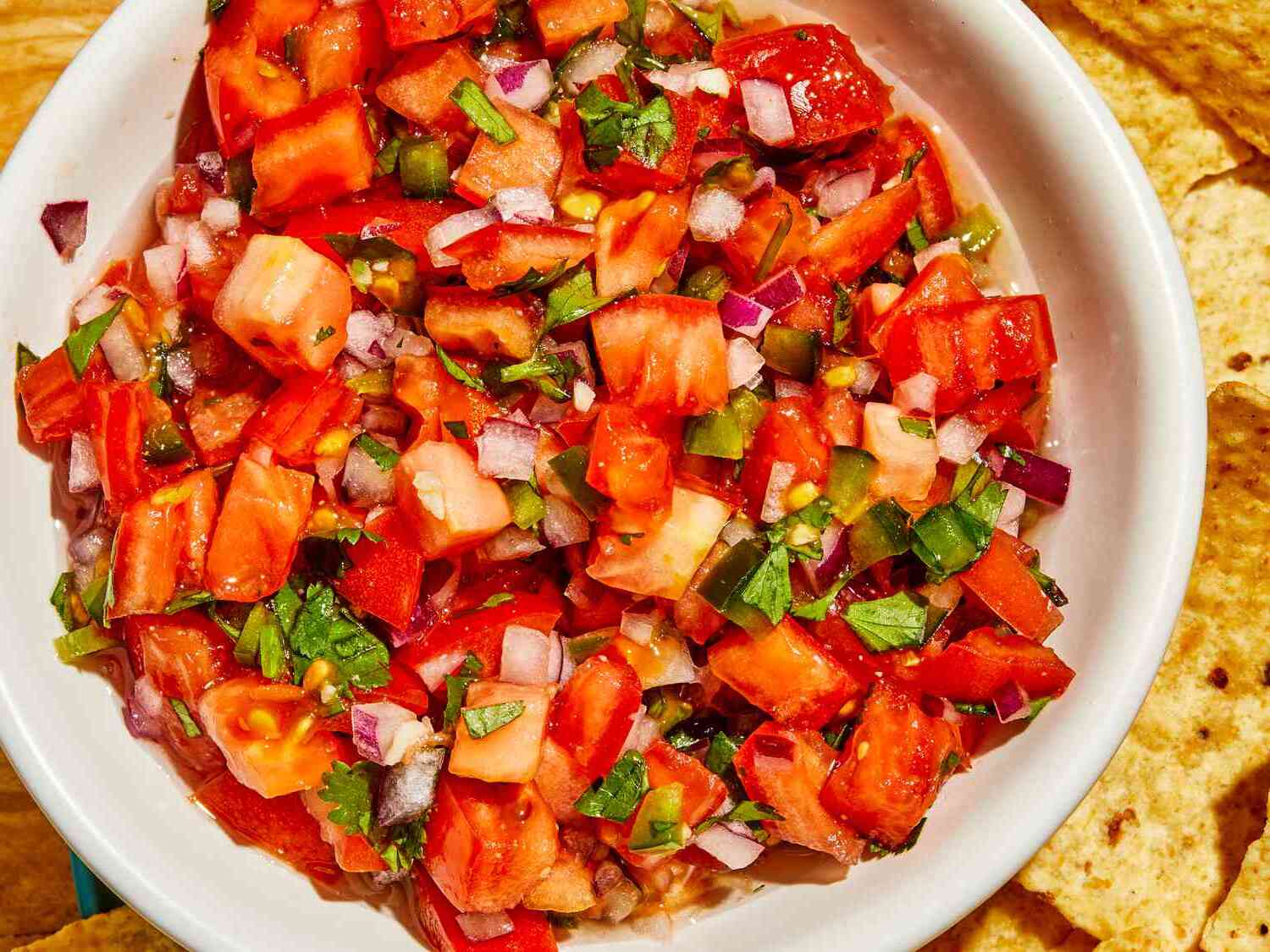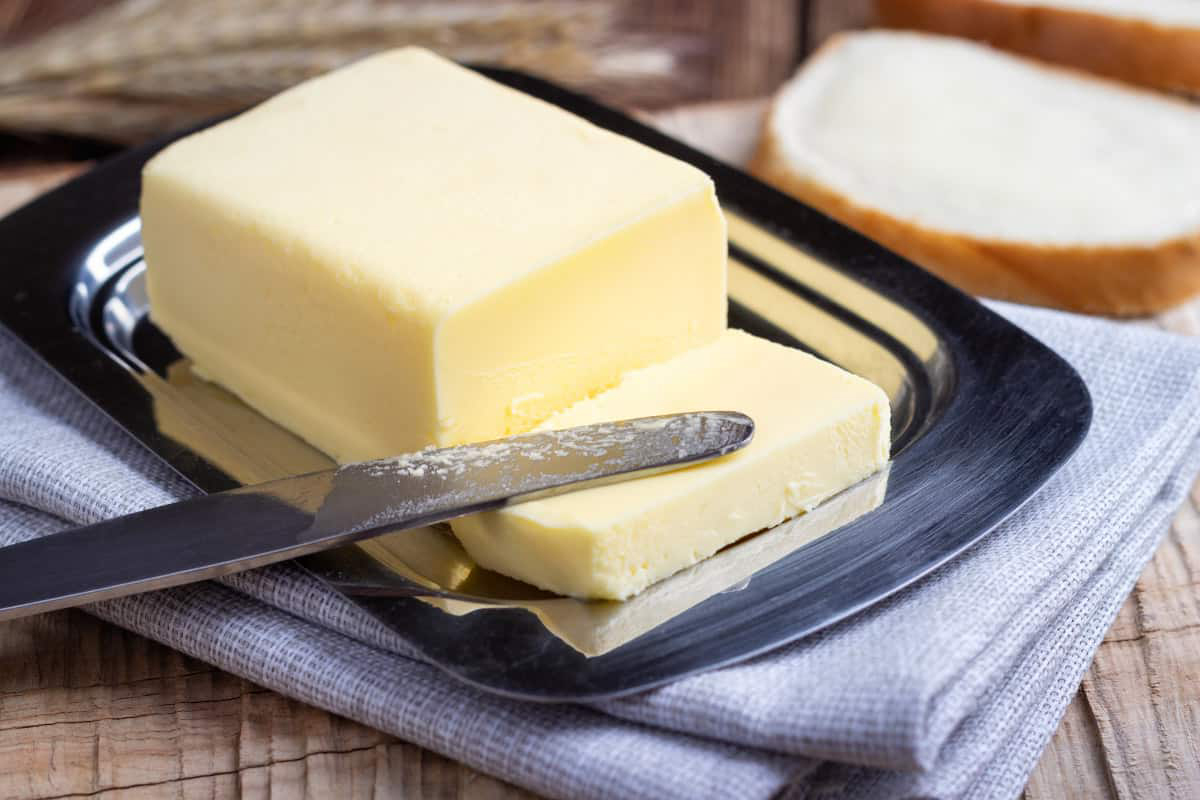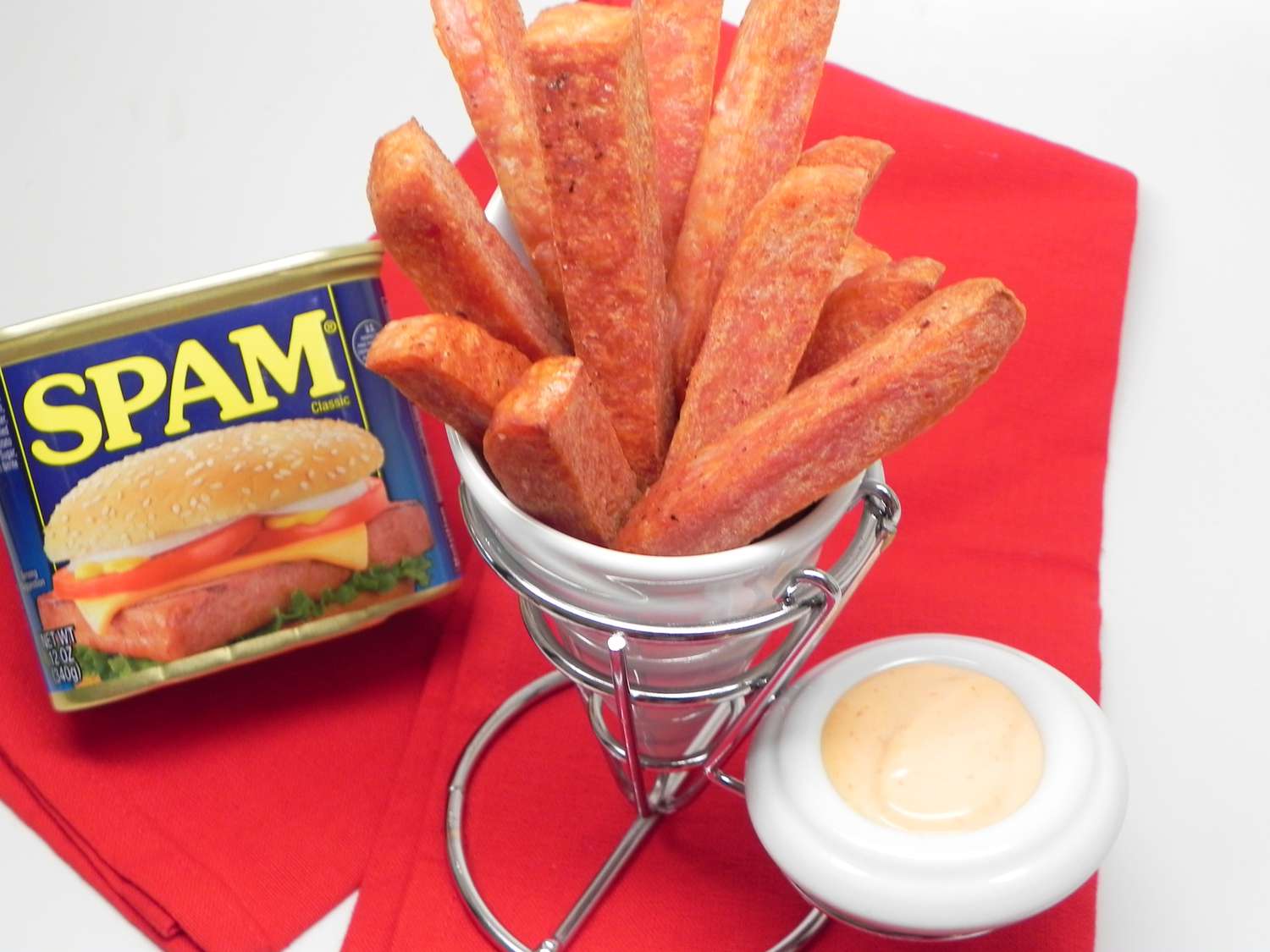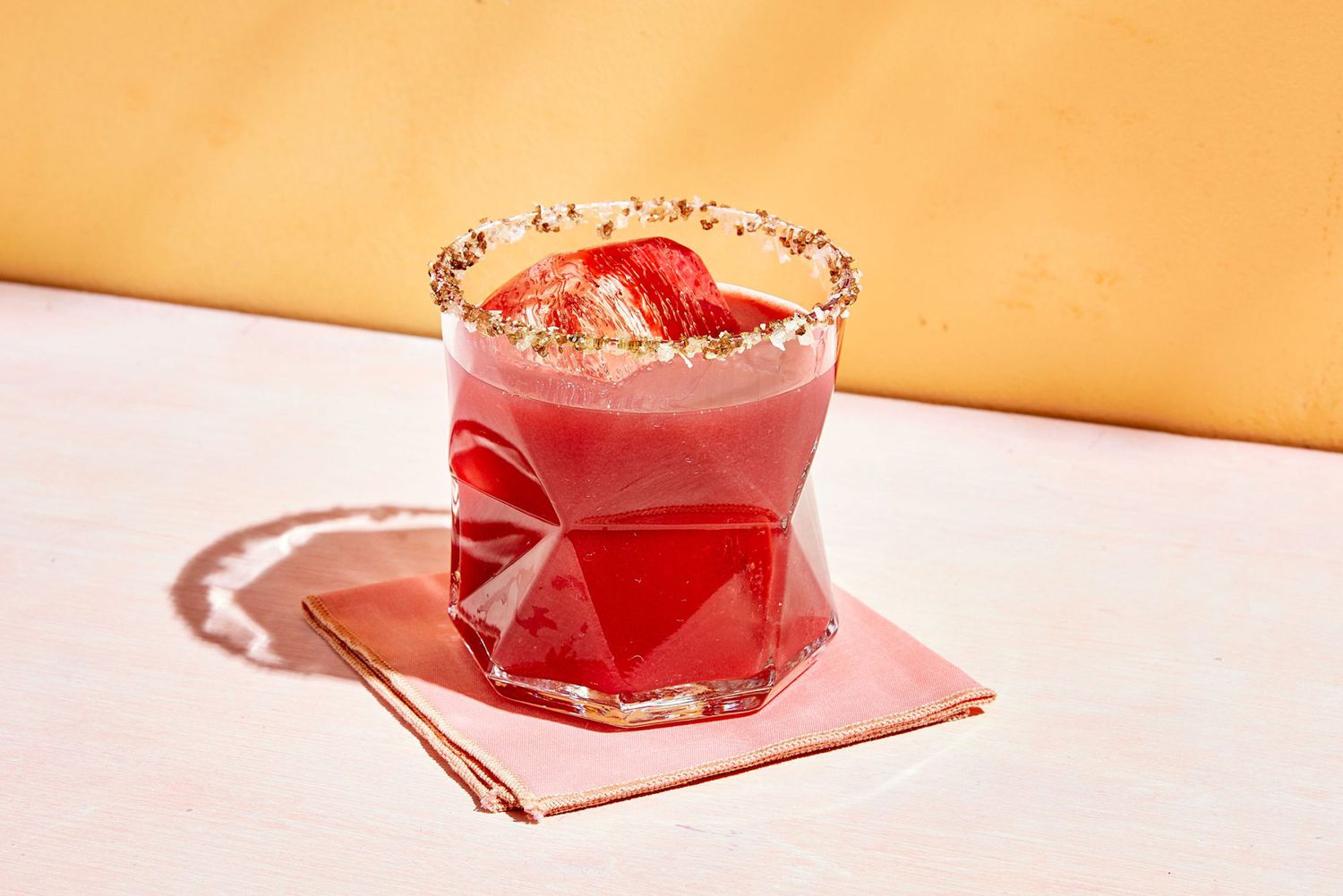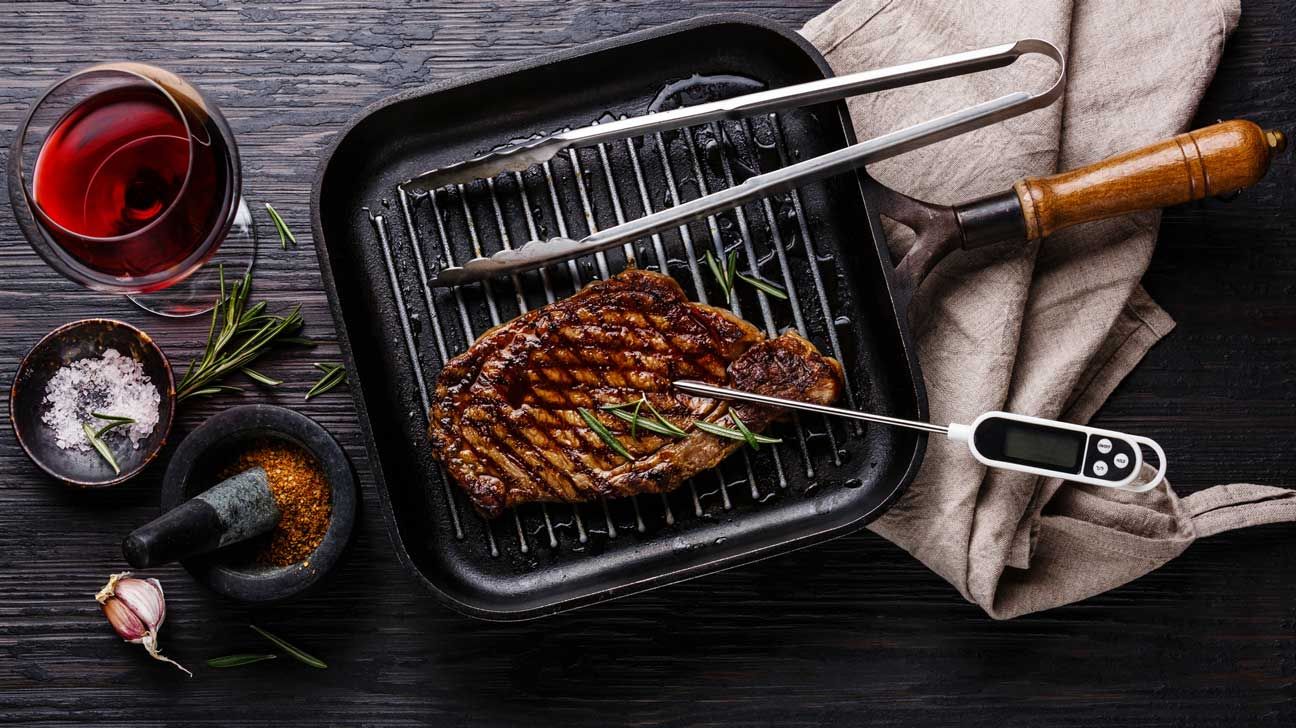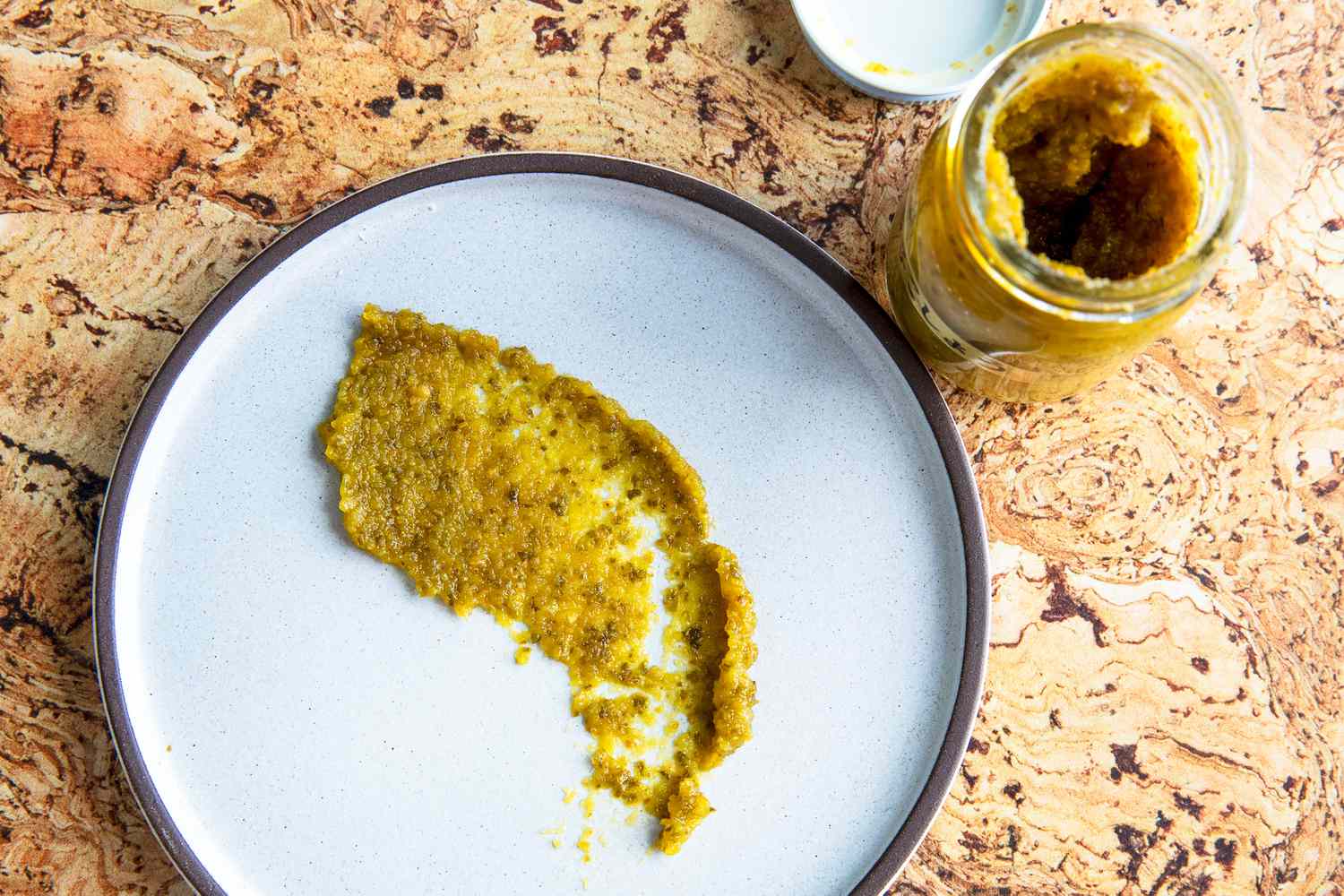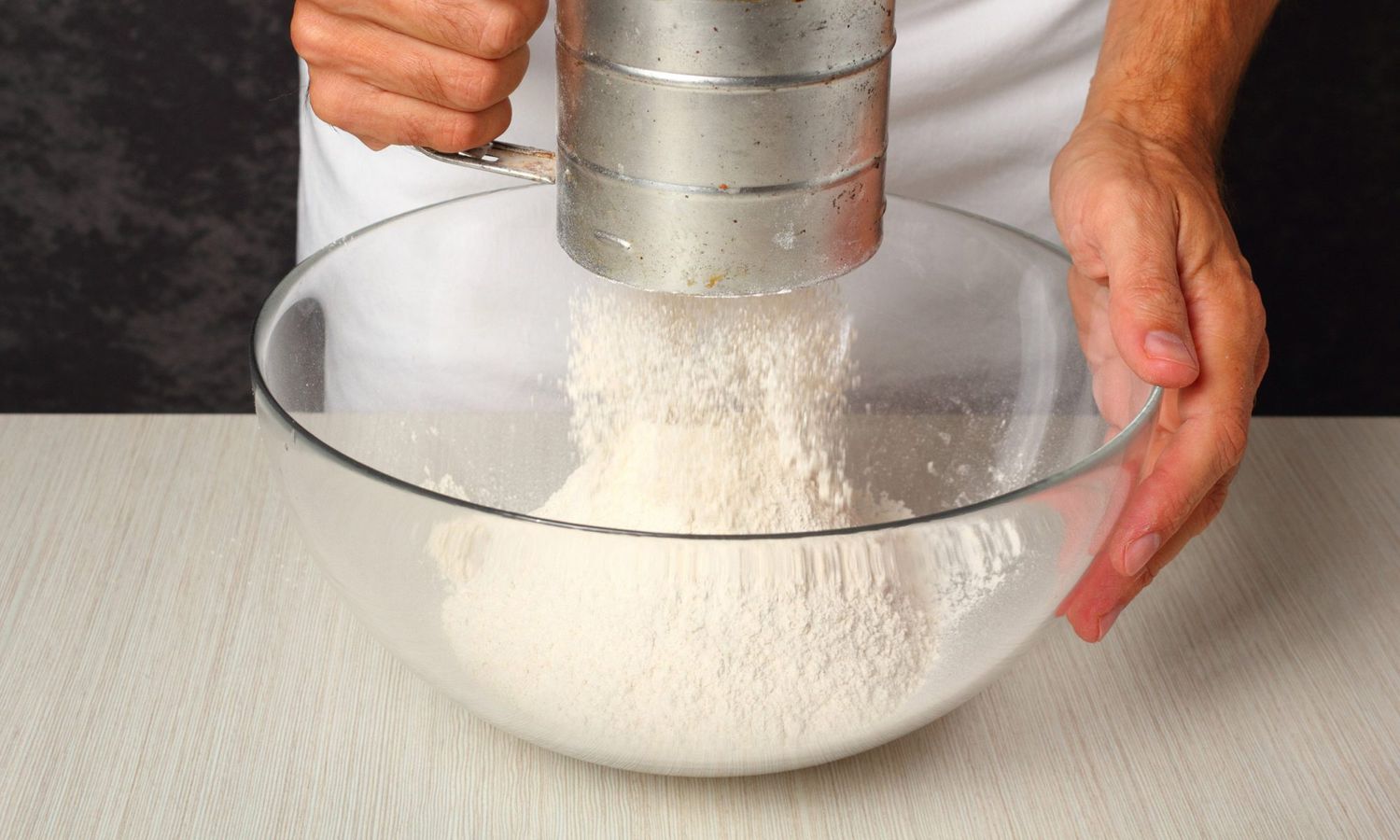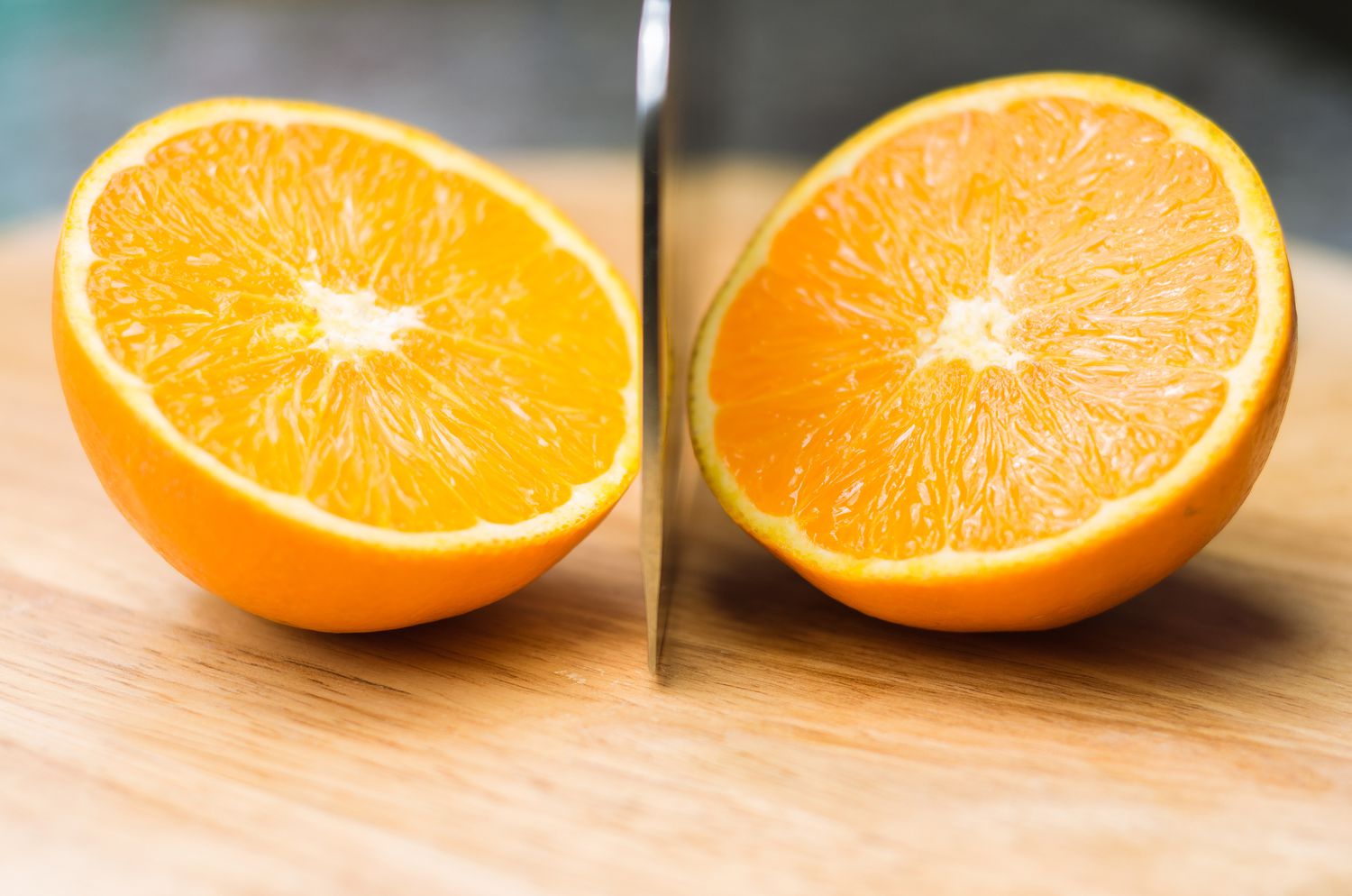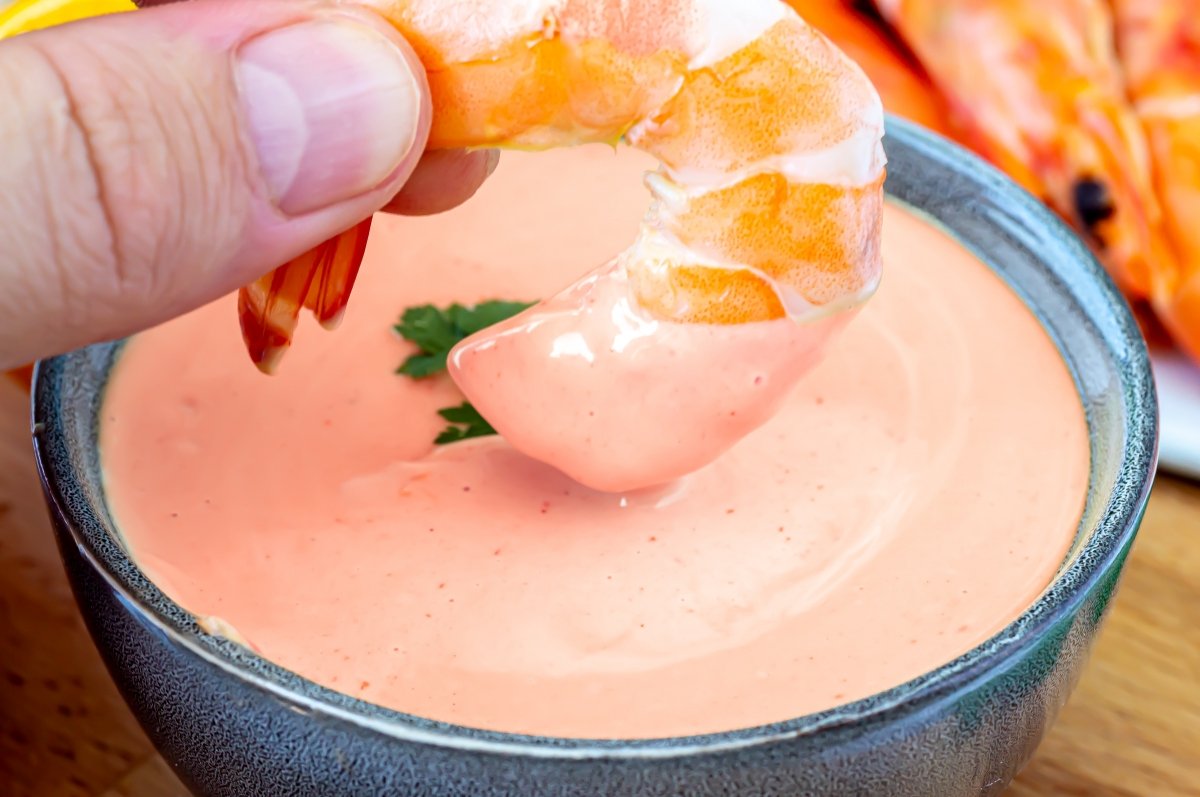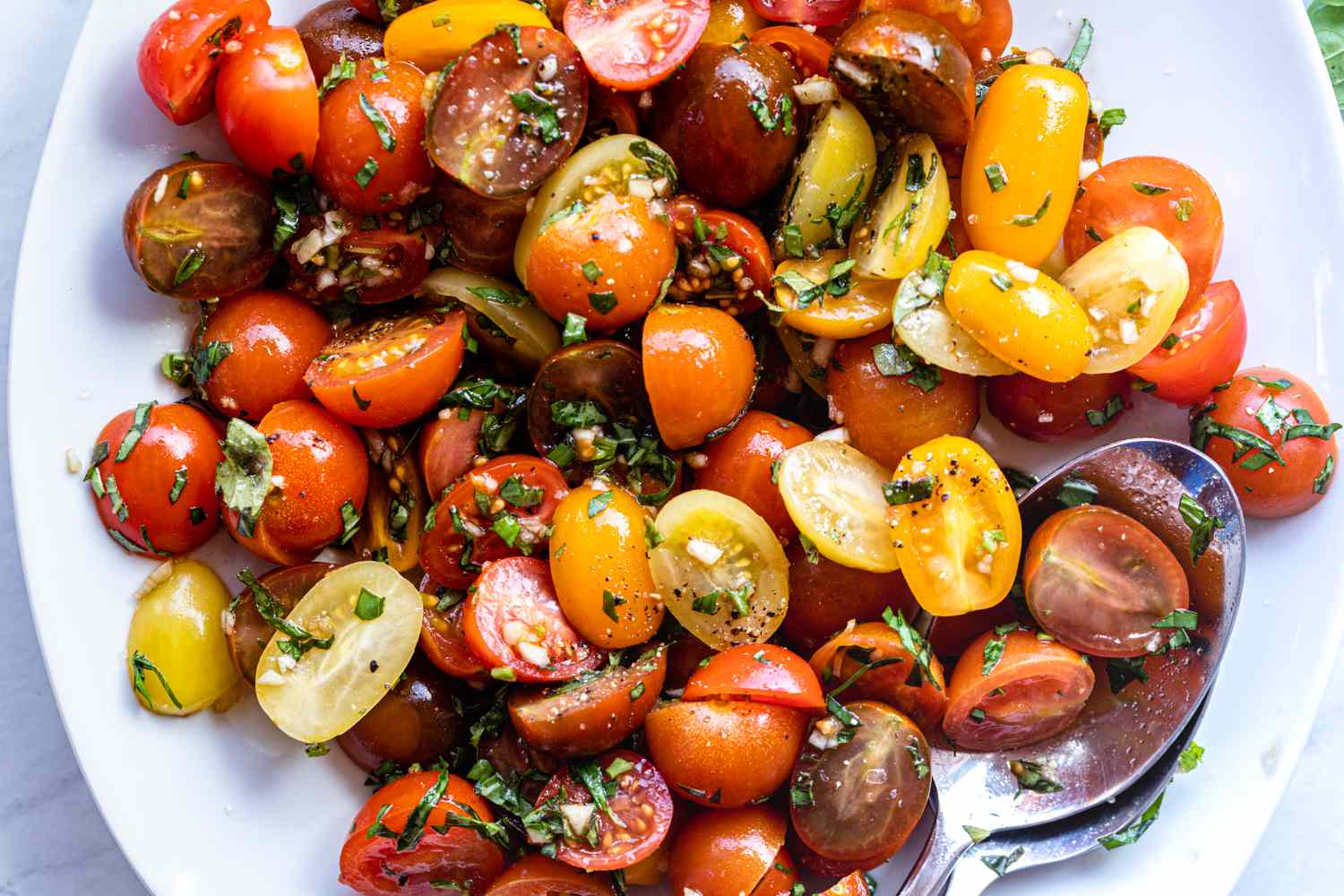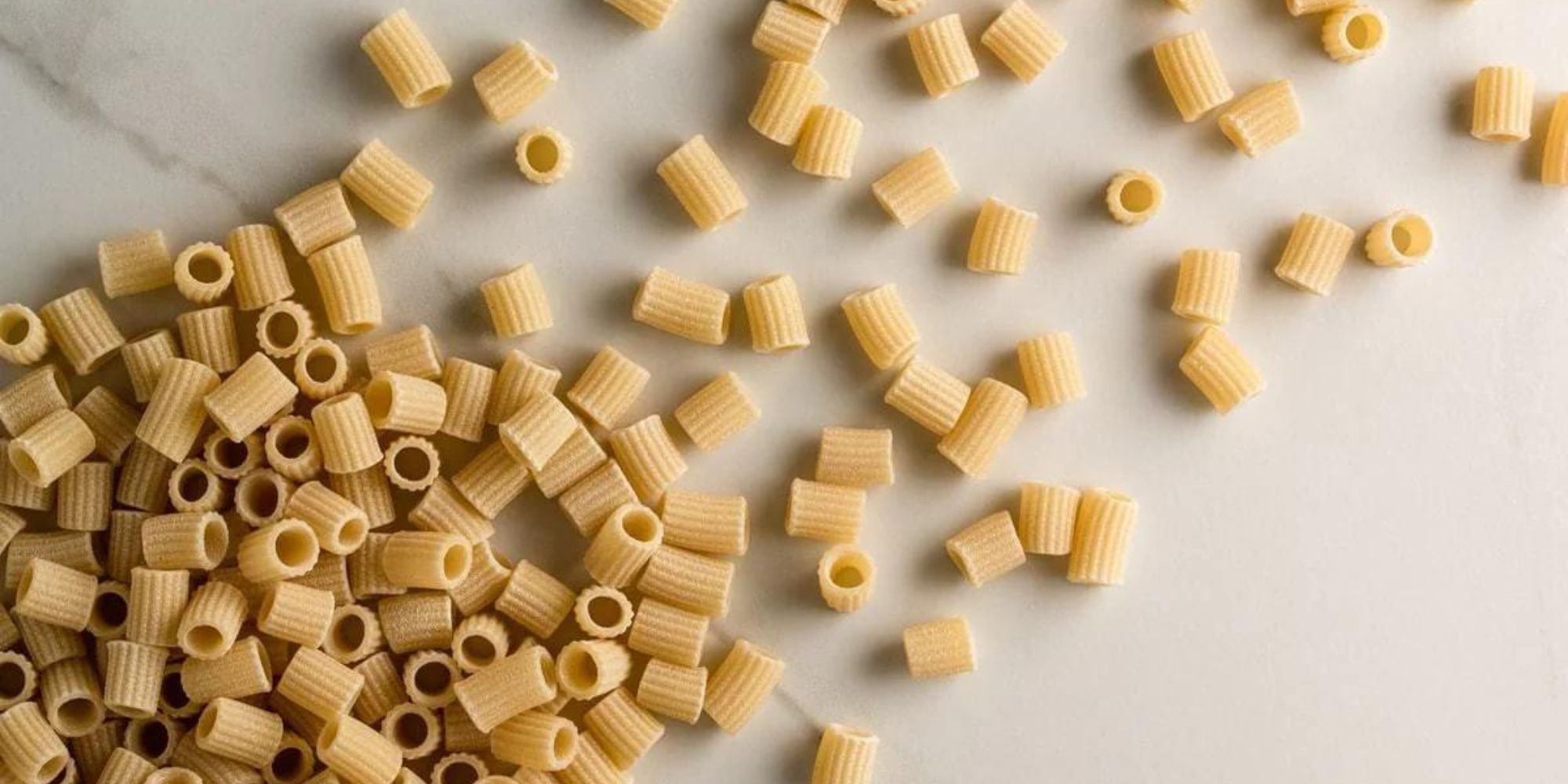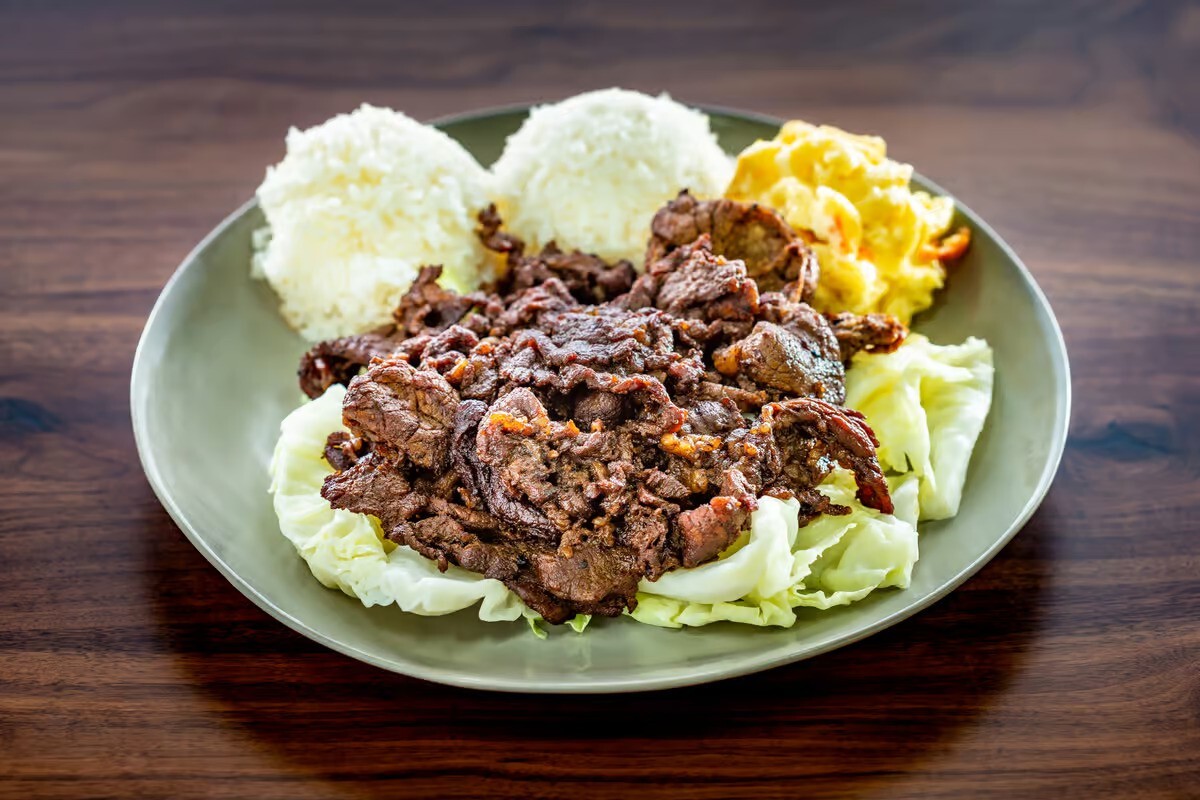Discovering the Delightful World of Sable Dough
Have you ever indulged in a buttery, crumbly cookie or tart crust and wondered what makes it so delicious? Chances are, you were savoring a treat made with sable dough. Sable dough, also known as sablé or shortbread dough, is a versatile and delectable pastry base that is a staple in the world of baking. Let’s dive into the delightful world of sable dough and uncover what makes it so special.
What is Sable Dough?
Sable dough is a rich, buttery pastry dough that originated in France. Its name, “sablé,” is derived from the French word for sand, which perfectly describes the crumbly texture of this delightful dough. The key ingredients in sable dough are butter, sugar, flour, and sometimes egg yolks. This simple yet decadent combination results in a pastry that is tender, crumbly, and oh-so-delicious.
Characteristics of Sable Dough
So, what sets sable dough apart from other pastry doughs? Here are some key characteristics that make sable dough unique:
- Buttery Flavor: Sable dough is renowned for its rich, buttery flavor that melts in your mouth with every bite.
- Crumbly Texture: The texture of sable dough is reminiscent of fine sand, giving it a delicate and crumbly mouthfeel.
- Versatility: Sable dough can be used as a base for various sweet and savory treats, including cookies, tarts, and pie crusts.
- Easy to Work With: This dough is easy to handle and shape, making it a favorite among bakers for creating intricate designs and patterns.
Uses of Sable Dough
Sable dough is incredibly versatile and can be used to create an array of delectable treats. Some popular uses of sable dough include:
- Cookies: Sable dough is often used to make delicate, buttery cookies that are perfect for enjoying with a cup of tea or coffee.
- Tarts: The crumbly texture of sable dough makes it an ideal base for fruit tarts, chocolate tarts, and other sweet tarts.
- Pie Crusts: Sable dough can be used to create flavorful and tender pie crusts for both sweet and savory pies.
- Shortbread: Sable dough is the foundation of classic shortbread cookies, known for their irresistible buttery flavor.
Tips for Working with Sable Dough
If you’re eager to try your hand at working with sable dough, here are a few tips to ensure success:
- Chill the Dough: It’s important to chill sable dough before rolling it out to ensure that it holds its shape and texture.
- Use Parchment Paper: When rolling out sable dough, place it between two sheets of parchment paper to prevent sticking and make cleanup a breeze.
- Experiment with Flavors: While classic sable dough is flavored with butter and sugar, don’t be afraid to get creative and add a hint of vanilla, citrus zest, or spices for a unique twist.
- Handle with Care: Sable dough is delicate, so handle it gently to maintain its crumbly texture.
In Conclusion
Sable dough is a beloved pastry base that adds a touch of indulgence to a wide range of sweet and savory treats. Its buttery flavor, crumbly texture, and versatility make it a favorite among bakers and dessert enthusiasts alike. Whether you’re craving a delicate cookie, a luscious fruit tart, or a buttery pie crust, sable dough is sure to elevate your baking endeavors to new heights of deliciousness.
So, the next time you bite into a delectable treat with a crumbly, buttery base, you’ll know that you’re savoring the delightful essence of sable dough.
Was this page helpful?
Read Next: What Is The Shelf Life Of Flour?
